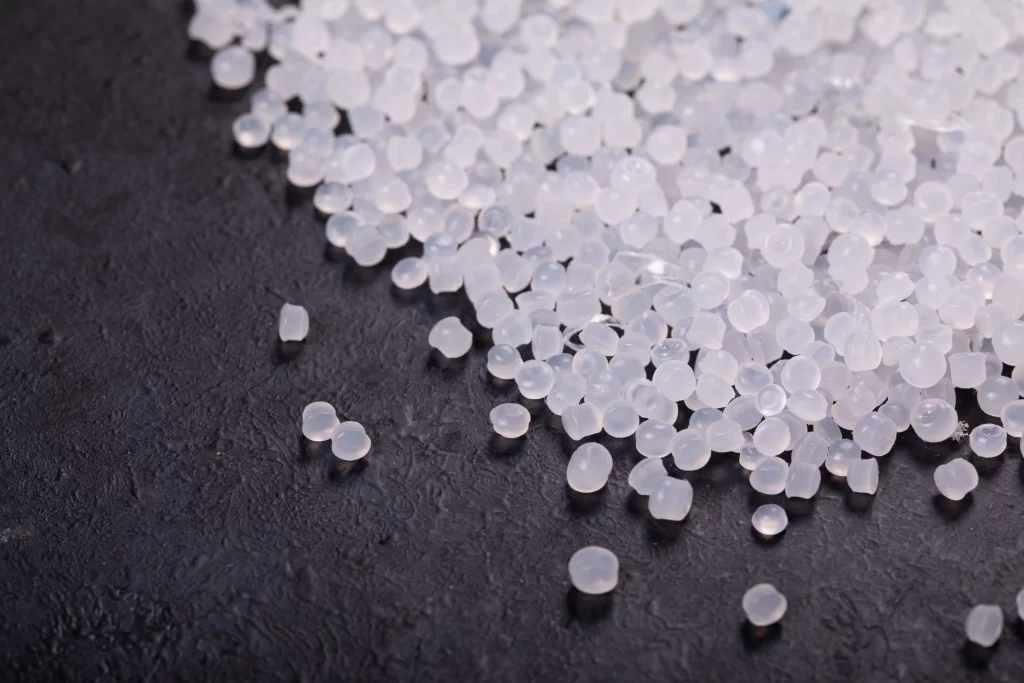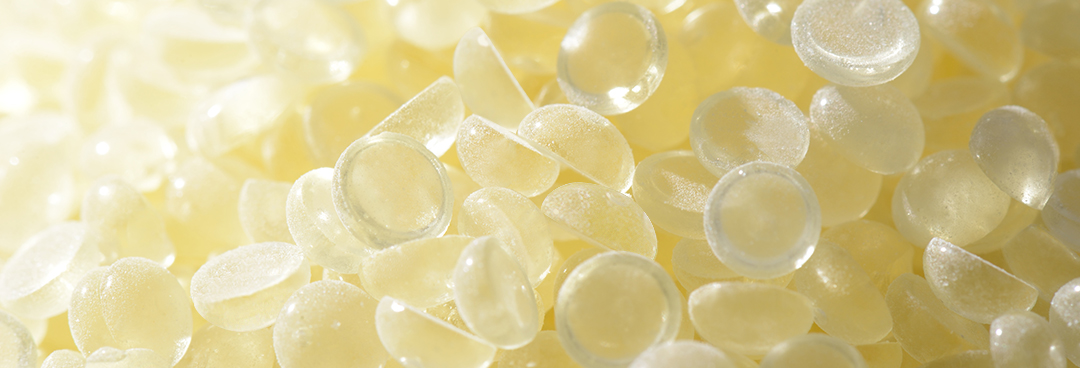
Hydrocarbon Resins
Hydrocarbon resins are a class of synthetic resins derived from petrochemical feedstocks, primarily consisting of hydrocarbons. These resins are versatile and find applications in various industries due to their unique properties. Here are some key aspects of hydrocarbon resins:
Composition:
- Hydrocarbon resins are typically produced through the polymerization of aliphatic or aromatic hydrocarbons, such as C5, C9, or mixed feedstocks.
- C5 resins are derived from the cracking of naphtha and contain predominantly five-carbon monomers, while C9 resins are produced from the by-products of steam cracking and contain mostly nine-carbon monomers.
Types of Hydrocarbon Resins:
- C5 Resins: These resins have low molecular weight and are known for their excellent compatibility with elastomers. They are commonly used in the production of hot-melt adhesives, rubber compounding, and other applications where flexibility is essential.
- C9 Resins: With higher molecular weight than C5 resins, C9 resins exhibit better heat resistance and compatibility with various polymers. They are often used in coatings, printing inks, and adhesives.
- C5/C9 Copolymers: These resins combine the properties of both C5 and C9 resins, offering a balance of characteristics. They find applications in a wide range of adhesive and coating formulations.
Properties:
- Thermoplastic Nature: Hydrocarbon resins are thermoplastic, meaning they soften when heated and harden when cooled. This property makes them suitable for various applications such as adhesives and coatings.
- Adhesion: They provide good adhesion to different surfaces, making them valuable components in adhesives and sealants.
- Solubility: Hydrocarbon resins are soluble in various solvents, facilitating their use in formulations for coatings, inks, and adhesives.
Applications:
- Adhesives: Hydrocarbon resins are widely used in the formulation of hot-melt adhesives, pressure-sensitive adhesives, and other adhesive products.
- Coatings: They are employed in the production of coatings for paints, varnishes, and inks, providing properties such as adhesion, gloss, and durability.
- Rubber Compounding: C5 resins are used in the compounding of rubber to improve tack and adhesion.
Other Applications:
- Hydrocarbon resins can also be found in the production of printing inks, sealants, and as modifiers in various polymer formulations.
- Hydrocarbon resins can also be found in the production of printing inks, sealants, and as modifiers in various polymer formulations.
Compatibility:
- Hydrocarbon resins are known for their compatibility with a wide range of polymers, enabling their use as additives to modify and enhance the properties of various materials.
It’s important to note that the specific properties and applications of hydrocarbon resins can vary depending on their chemical composition, molecular weight, and other factors. Manufacturers often produce a range of hydrocarbon resins tailored to meet the requirements of different industries and applications.


